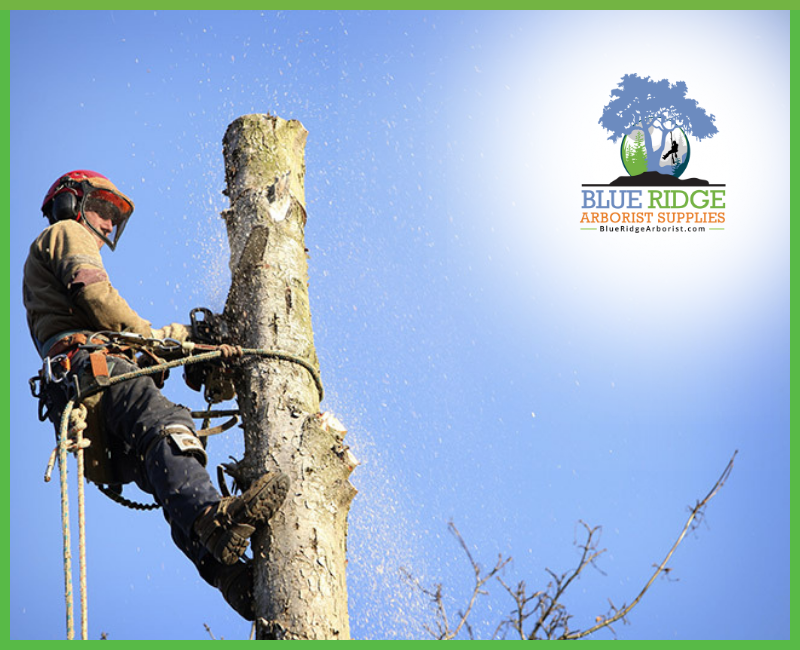Accurate estimation is a crucial aspect of the arborist and landscape industry. Estimating projects is not only important for ensuring a profitable business but also for building trust and establishing a strong reputation among customers. Learn some key factors involved in estimating landscape projects — but that really can apply to any job you are working on. Take a look — we think it’s a very decent overview!
Most entrepreneurs in the Green Industry have a story like this: they started cutting grass on weekends and moved up to doing high-end design-build jobs. While it’s awesome to see a vision come to life, create a transformation, and make the client fall in love with their home, there’s only one thing….
It’s hard work and takes a lot of labor, equipment, and costly materials. You can’t afford to not “get it right.” If you don’t pay attention, you can be left wondering where the cash went—or why the profit you thought should be there, isn’t.
I could write about install techniques or estimating the time for a project. But you know your craft, your team, and your abilities. You know these nuts and bolts. I want to go above this to the true difference between estimating correctly and incorrectly. It’s about getting paid what you’re worth versus barely breaking even. Thriving or surviving.
Know Your Numbers
So, how DO you estimate jobs for profit? The first thing to get right is the well-worn adage: know your numbers. If you don’t get this right, it crushes everything else downstream. Getting your pricing via Facebook groups or the competition’s prices will set you up for failure. It’s got to be your numbers. If I give you mine, it won’t work. They’re only good for me, my overhead, my crew, my equipment, etc. You need to find yours.
I’ve seen a lot of talented craftsmen and business owners who did amazing work but were “starving artists.” If that’s you, then dig in. If there’s anything I want you to take away, it’s to prod you to take action on knowing your own numbers. Correctly. It’s actually not that hard and just takes a little focused effort. It really boils down to:
Your direct costs of the job (materials, labor, subs). Most contractors don’t struggle with this. You know your materials’ cost, you know what labor costs. Estimate the quantities needed and add it all up.
What it costs you to be in business (overhead). This is the one to drill in on, the one that makes it so you can’t use the competition’s pricing as your guide. “Knowing” this number is basically the act of looking at all the expenses you have to keep the lights on and be in business. Insurance, utilities, trucks, fuel, owner’s salary, you get the idea. And then make sure your job proposal is priced so you aren’t only paying the direct costs, but also the indirect costs, aka overhead costs, for the time it takes you.
What profit margin you want. It’s easy to throw a dart at a board and state what profit margin you want. Not a lot of deliberation is needed here. The one thing to ensure is that you aren’t counting your take-home pay as owner as profit. Your take-home pay is not profit. It is a business expense. Profit is what is left after you are paid, and all your direct costs, overhead costs, and depreciation costs are all covered. In other words, there is not another bill left to pay.
When you arrive at that point, what’s left is your true profit, also known as “net” profit. Gross profit is what’s left after all direct expenses, labor, materials, and subs, are covered, but overhead hasn’t been deducted.
Put Your Numbers Into Action
The act of finding out what it costs you to be in business (overhead) is called budgeting. So essentially, knowing your numbers is:
- Budgeting and using that budget to inform your estimating and markups.
- Job costing to compare estimated versus actual profits, man-hours, expenses, etc.
Knowing your numbers, budgeting, and job costing, is critically important. If you haven’t built a budget before, do it now. Once you’ve built a budget, unapologetically charge whatever that budget tells you that you need to charge. Don’t worry about what your competition is charging. Focus on getting through “nos” faster to get to the “yeses.”
The budget shows you your “floor.” You can’t charge less than what the budget tells you. You can charge more, certainly. The only thing dictating the “ceiling” of your pricing is, can you still sell the work? If you can, you haven’t found the ceiling yet.
Common Mistakes

Now let’s focus on common estimating mistakes I’ve seen while working with hundreds of landscapers at SynkedUP.
Negotiating on price instead of scope of work. This is a big one and it’s about getting paid what you’re worth. Here’s a scenario and we’ve all been there: You submit a proposal to Mrs. Jones for a gorgeous patio and the price is $50k. She comes back with “Oh my, that’s more than I was expecting. Can you do it for $45k?” You’re down to a few weeks of work on the schedule, payroll is the end of the week, bills are due, and you cave and say “Sure, let’s do it,” never realizing you just wiped out most, if not all, your profits.
I’ve even seen a contractor that had a net profit loss. Now, it can be tricky. It doesn’t catch up with you right away, because in the example, there still IS gross profit. Only as overhead expenses roll in later does it become apparent in cashflow that you sold that job at a sliver of net profit.
The best antidote to this problem is to KNOW, crystal clear, your breakeven on that job. Then you avoid self-sabotage. You’ve built a budget, you know your breakeven, and you know you can’t do that job for the counteroffer of $45k.
So instead you tell Mrs. Jones: No, it costs what it costs. But I understand you have a budget, and I CAN negotiate on the scope of work. Using a less expensive paver, making the patio smaller, etc. And ask her where she’d like to cut to achieve her budget. Then shut up and wait for her response. It’s funny, but many times you’ll discover they actually do have the money and don’t want to cut scope. Not always, true, but many times.
You can’t blame Mrs. Jones. Today everything’s on sale. But construction doesn’t work that way and Mrs. Jones likely doesn’t know that. It’s on us to kindly and gently inform and educate our customers to help them achieve what they really want within the budget they have. Of course, sometimes their budget and what they want are just miles apart. In this case, the best thing to do is bow out and go find the next lead.
Not bidding worst-case scenario. Always budget worst-case scenario. The same is true when bidding: estimate for the worst-case. If you’re not personally on the job all the time, remember it will likely take your crew a little longer. Take into account rain days, material delays, picky clients, and give yourself time to deliver on that last 10%. Power washing the driveway when you’re done, repairing grass, and giving a thank you gift basket. Go over the top.
Don’t estimate for the best case scenario. If things go a little sideways, and the client is picky, but you’re already over man-hours and budget, you have no wiggle room. You can do an incredible job on the main work, but still create an unhappy customer by missing that last 10%. Estimate for the worst-case scenario so going the second mile doesn’t wipe out your profits.
Letting the competition’s price get in your head. Don’t let their price dictate yours. Here’s why: Two companies could bid on the exact same job. Company A is a start-up, “Chuck in a truck.” Very little overhead. Company B is an established company, with crews of guys, a fleet of trucks, a shop, etc. Lots of overhead. They both bid for the same materials, buy from the same supplier, same costs. They both bid to do it correctly. While their direct COSTS are the same, they can bid for the exact same NET profit, but their overhead is wildly different.
Company A doesn’t need to mark up its direct costs nearly as much to cover overhead. For this reason, two companies can bid on the exact same job and have completely different pricing. And that is TOTALLY ok. Stop letting it mess with you.
Now, the customer can choose: Do they want the cheap price? Or the experienced crew, with the 5-star reputation, resources to deal with callbacks, and the assurance the company will be there in the future. Chuck in a truck might be gone next year.
See what I mean? It’s normal. It’s ok. Don’t think price is the only thing to compete on. Far more considerations and factors than just price are going through a potential client’s head. (Plus, clients that value 5-star service over cheap prices are nicer to work for anyway.)
Bottom line: to estimate jobs profitably, know your numbers, know your breakeven on a job, and don’t cave to pressure to accept less. Build a budget to determine your “floor,” and charge that “floor” at a minimum. To get paid what you’re worth, negotiate scope, not price. Don’t get distracted by your competition’s price. If you accept less, not only do you suffer but your family and team do as well.
Don’t miss out on the opportunity to maximize your profits and grow your business. Visit our arborist supply store today and take advantage of our top-quality tools and equipment that can help you do your job with accuracy. Shop with us today at 540.485.4235. Want to see our products in action? Check out our Instagram @BlueRidgeArborist for real-life customer photos, product demos, and tutorials.
Reference: [https://turfmagazine.com/estimating-landscape-projects-for-profit]

